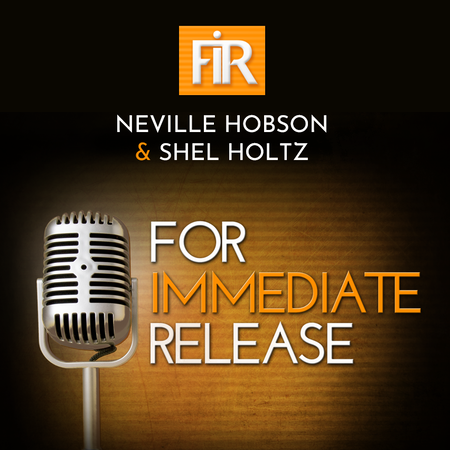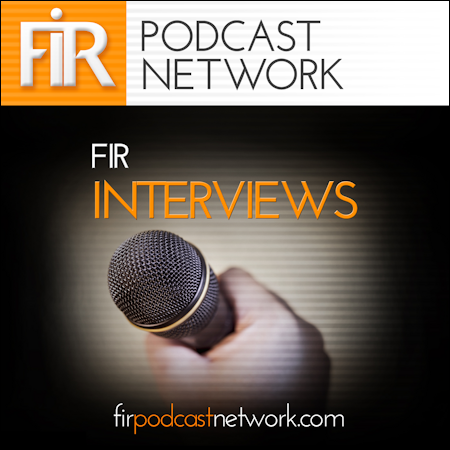 Mobile operator EE has enjoyed a near year-long monopoly with its 4G cellular service in the UK, launched in October 2012.
Mobile operator EE has enjoyed a near year-long monopoly with its 4G cellular service in the UK, launched in October 2012.
That dominant market position comes to an end this week as rival mobile operators Vodafone and O2 begin to roll out their own 4G services from today, starting in London.
Or does it?
The Financial Times has an insightful report that assesses the options for the mobile operators, setting the scene with this perspective:
[…] EE now covers almost 100 cities and towns in the UK, and at speeds that it promises will be much faster than those of rivals, even if those faster services also carry higher prices.
Daniel Gleeson, analyst at IHS, says consumers will probably find differences in four main areas: speed, coverage, data caps and content. EE has in effect seized the advantage for the first two for now, meaning that rivals have needed to focus elsewhere instead.
While Vodafone’s and O2’s 4G coverage from the start will be in the tens of towns, EE actually covers 105 towns and cities now, according to a company announcement on August 28, covering 60 percent of the population. It also has double speed 4G – meaning, they say, potentially up to 60 megs download speed in the 20 towns and cities across the UK where it’s currently available. That’s faster than most consumer cable broadband speeds.
The FT story discusses what EE’s competitors may do to attract customers in ways that are credible: of the four main areas the paper mentions, network speed may do it, but coverage can’t yet match EE’s, so the FT suggests they’ll likely focus on data caps and content as differentiators.
As someone who’s been using EE’s 4G services since last December, courtesy of EE and the ambassador programme I’m participating in, I can say right now that the two most important areas of all are speed and coverage – in that order.
Until you’ve experienced cable broadband speeds on your mobile device, you won’t really appreciate what a massive advantage a really fast mobile internet connection can be as it enables you to get things done faster.
And faster in a magnitude of fives or so. Upload pics to Instagram in about five seconds rather than nearly 30 when you use 3G, for instance, on a 4G smartphone like the Samsung Galaxy S3 LTE I’ve been using. Highly-spec’d hardware and software play a role so I bet it’s an even better experience on newest devices like the Galaxy S4 LTE.
Of course, that’s my perspective – I have friends who have EE’s 4G and they swear by content (apps, games and online services in particular) as the most important thing, more than speed or coverage.
So expect Vodafone and O2 to have some amazing content deals to persuade you to sign up for their 4G service. I wouldn’t be surprised if EE comes up with some attractions to match.
And what about Three? They’re not due to launch their 4G service until later in the year. And maybe their differentiator will be price as they say there will be no price premium for their 4G (as a paying customer of Three, I find that most appealing).
In fact, I bet a price differentiator will be of major interest to customers from whoever gets the balance compellingly right – high speeds, broad coverage, unlimited data (or generous amounts), great content – all at a terrific price.
And therein lies an ongoing dilemma for customers – so much choice and how do you pick the best deal?
Cue opportunities for imaginative communication and great story-telling that give consumers the powerful reasons why they should choose you and your offering rather than the other guy’s. I wonder how social media and a social approach to engagement will support that communication beyond the expected traditional marketing and let’s-sell-you-an-experience stuff.
There’s quite a time ahead if you’re on the lookout for a new mobile device.
Related posts:












9 responses to “Differentiators in the battle for the 4G customer”
Differentiators in the battle for the 4G customer http://t.co/Lz1FCQigH4
Differentiators in the battle for the 4G customer (via @jangles): http://t.co/usrHLMe0gN
Hobson: Differentiators in the battle for the 4G customer: Mobile operator EE has enjoyed a near year-long mon… http://t.co/ZE5858P4SO
Well, for me and a lot of my friends I’m afraid the problem is rather different: Where I live and in the places I visit I can’t even get decent or any 3G coverage (at least with Vodafone), so 4G is the least of my worries.
I live about 6 miles as the crow flies from the Vodafone HQ, yet in my village coverage is woeful. Leaving the village and walking a mile or less along the canal it’s fine, but that’s not where I need it.
Going up to Scotland, as soon as I leave Glasgow to the west into Argyll (and I spent about a month there every year) the best I can hope for is 2G. If I’m lucky enough to get a signal. That’s where it gets painful trying to upload pictures, let alone videos.
Meaning all 4G promotions will go completely past me, as long as they can’t even sort out the basics as soon as you’re outside the big cities.
It’s a dilemma, Armin, I agree. People can talk about “reaching 60% of the population” with 4G which means little if your experience doesn’t match that.
Part of the bigger issue, I feel, re rural vs urban in many things requiring infrastructure and how decisions are made in where to invest the money to meet consumer expectations.
Insightful commentary from @jangles about the head start @EE has over @vodafoneUK & @O2 in the UK #4G race http://t.co/0BU0KiBFDd
RT @AndrewGrill: Insightful commentary from @jangles about the head start @EE has over @vodafoneUK & @O2 in the UK #4G race http://t.co/0BU…
Insightful commentary from @jangles about the head start @EE has over @vodafoneUK & @O2 in the UK http://t.co/j7JikDpIuz (via @AndrewGrill)
RT @AndrewGrill: Insightful commentary from @jangles about the head start @EE has over @vodafoneUK & @O2 in the UK #4G race http://t.co/0BU…